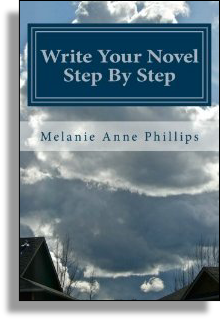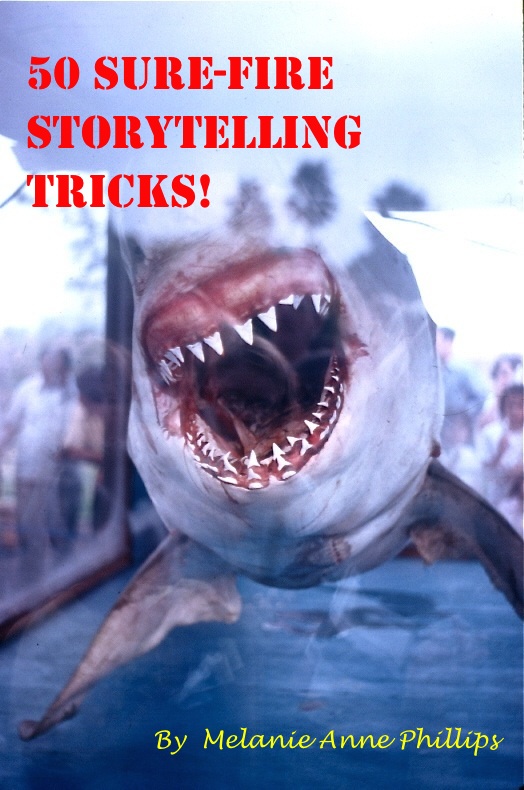A Tale is a Statement
There are two forces that converged to create story structure as we know it today. One was an attempt to document our motivations and behaviors, the other is to affect motivations and behavior.
In the first case, storytellers simply noted what they saw, both within their own hearts and minds and in society – both individuals and groups. When they did, the underlying conventions of story structure emerged as truisms that delineated the basic drives and thought processes we all share in common. Any story that missed one had a hole. Any story that inaccurately portrayed one had an inconsistency. And we see these same problems today when someone says “The plot had a hole big enough to drive a truck through,” or “Why did they do that? Nobody in his right mind would do that!”
In the second case, storytellers have an agenda: to change the way people think and/or act. To this end, the telling of stories evolved into two forms. The first of these is the Tale, which is a linear form of communication. Tales begin with one situation and state of mind, then follow the characters through a series of events that leads to another situation and state of mind. The message of a tale is “If you follow this path, you’ll end up better off (or worse off) than if you didn’t take the journey.
Tales, like fairy tales, are often cautionary tales, meaning that they describe a set of behaviors that will lead to something bad. Message being: don’t take this course in life or you will seriously regret it. This is the most simple form of reader/audience manipulation. As long as the series of events is unbroken by logical gaps and makes sense AND the emotional/thought processes of the characters follow a real, human linearity, then the reader/audience is likely to buy into the message (unless they have experience to the contrary).
But, if the reader/audience does have contrary experience, then they may reject the author’s contention and argue that other paths exist that might be even better (or worse) than the one proposed. To counter that rebuttal to his or her tale statement, an author would need to argue the point by proving (to reader/audience satisfaction) that the rebuttal is not as accurate as the original statement. The steps necessary to make that argument lead us into a different form of manipulation communication, the story, which we will cover in the next lesson.
You can view all 113 episodes of this original program for just $19.95







You must be logged in to post a comment.